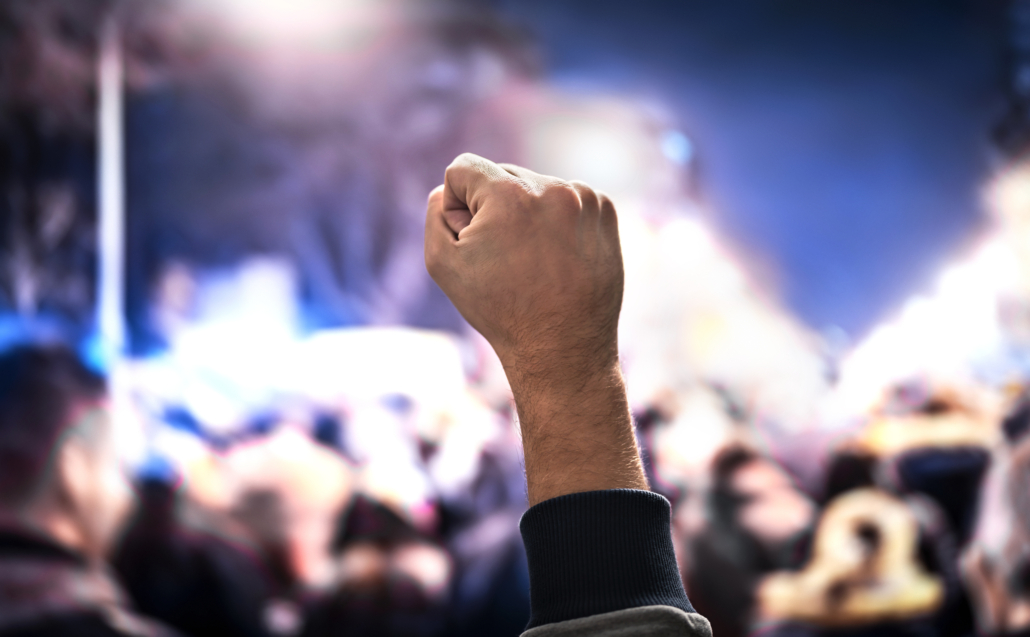Why do crowds riot?
Updated on 01 November 2023

I’m indebted for this insight to Duncan J. Watts’s book Everything is Obvious (Once You Know the Answer): How Common Sense Fails Us. History books are full of descriptions of riots and revolts, together with learned explanations as to why these processes eventuated. Albie Sachs argued: ‘Every revolution is impossible, until it becomes inevitable.’

But is it true? Do we know in fact why riots happen?
Sociologist Mark Granovetter created a mathematical model to better understand crowd behavior (see Threshold Models of Collective Behavior). Here is a simplified version of what transpires.
We start out from the observation that each person is influenced by her environment. If I see someone riot, I may or may not join him in rioting: it is against my principles, and in any case, I fear the police, and I fear social stigma if I join. So I’ll hold back – up to a point. If I see a crowd of rioters, I may be more inclined to join – the police is unlikely to catch me; and ‘everyone is doing it’ anyway.
We all know the feeling: there always is a moment when we start questioning our principles. We all have a ‘tipping point’ – the moment when temptation to change behavior in response to group behavior becomes too strong and social pressure gets hold of our better – one may say independent – nature.
Now assume that we have a crowd of 100 people, and each has a different tipping point. Person A will riot even if alone. Person B needs just one rioter, and he will join. And so down the line: the most upright citizen will join last in the riot (or he may leave the crowd – it does not matter).
Now we put these 100 people in a square. A and B stand next to each other. A riots and B follows suit. If they are surrounded by people with a very low tipping point, a riot is quite likely to emerge. Eventually the crowd is engulfed. Assume, however, that A is surrounded by staunch defenders of the law. His antics will be ignored. His rioting efforts will fizzle out.
Whether a riot breaks out then has very little to do with the reason the crowd has gathered and very much to do with how people are distributed within a crowd.
Crowd control can make a difference to the outcome of a demonstration. Self-policing can quench a riot before it takes root. During the 1970s demonstrations in Rome, students were regularly hijacked by extremists (this is urban lore): they had parked cars strategically along the demonstration’s route. Sticks and stones were hidden in the cars and were distributed among participants, triggering violent behavior.
After sunset pundits will blather about the ‘deep reasons’ for riot that devastated the center of the town. Epochs will be marked by such events – like the French Revolution, which was deemed ‘inevitable’ by legions of historians.
What if it was happenstance – sheer crowd behavior? Or what about other, contingent or deeper causes? That will be the subject of another blog.
This post was first published on DeepDip.
Browse through our Diplo Wisdom Circle (DWC) blog posts.


Leave a Reply
Want to join the discussion?Feel free to contribute!